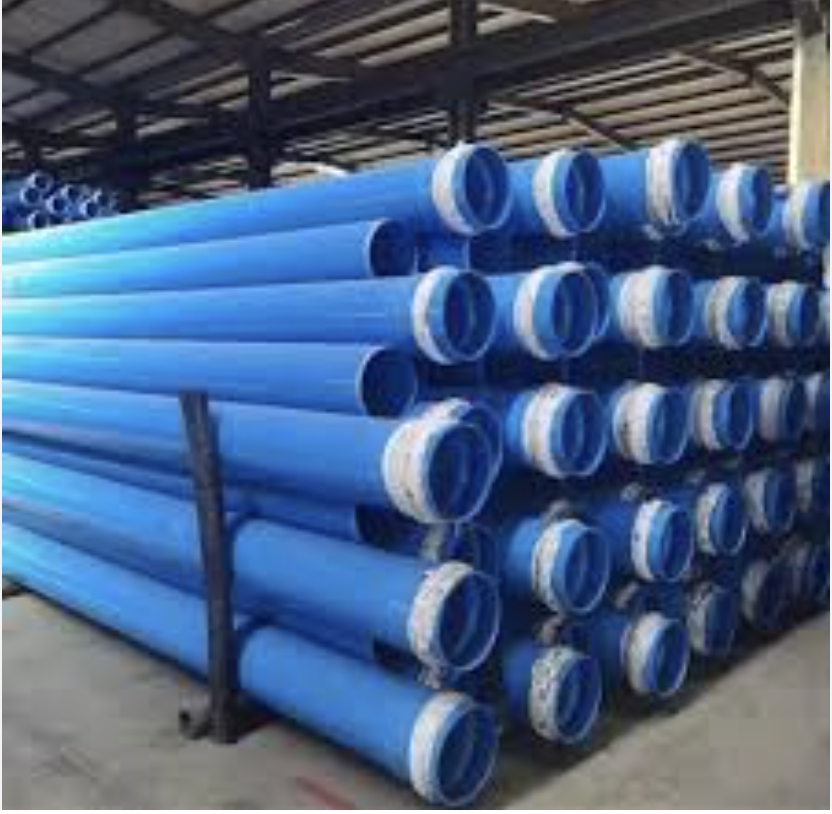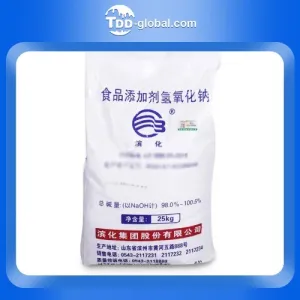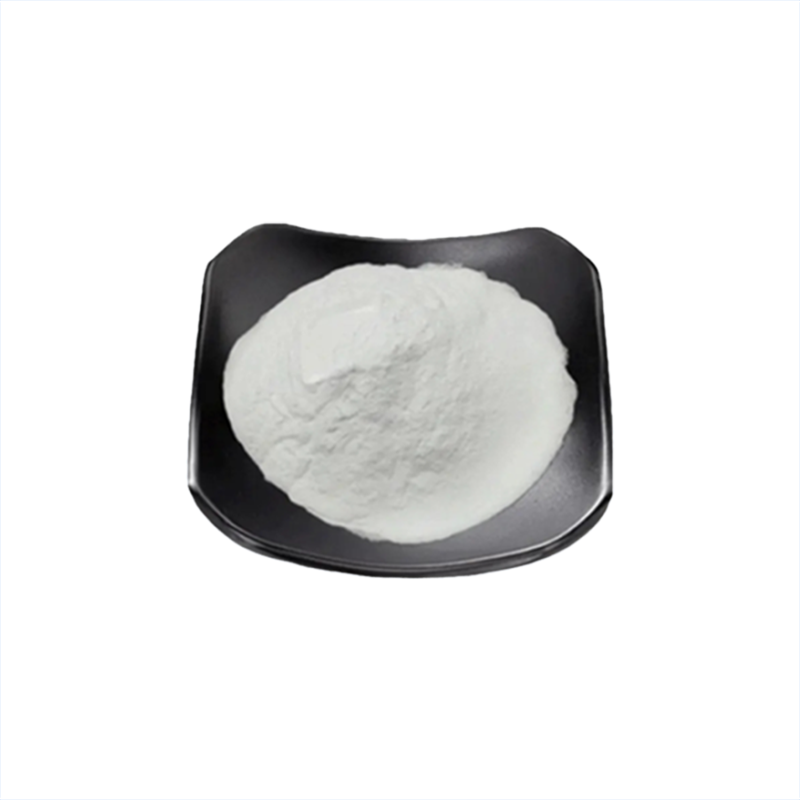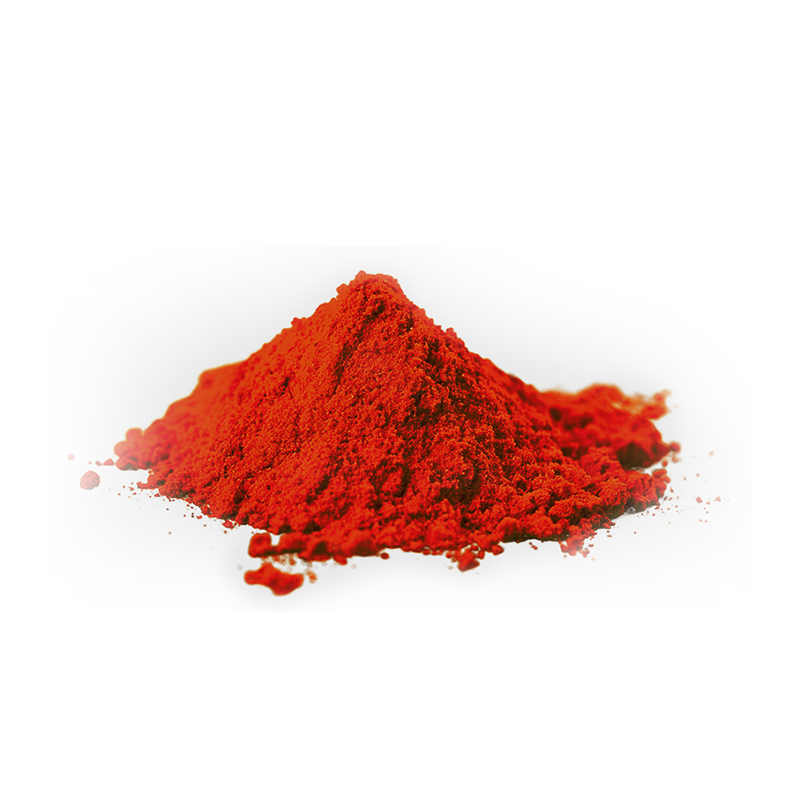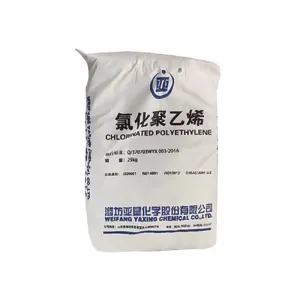Performance of RIL\’s petrochemical division in 2010-11

Reliance's share in producing commercial polymers is 47%. Despite the turnaround, Reliance Industries' polymer production remained flat this year. RIL's cracker utilization was 90% in FY2011 and 98% in FY2010. Ethylene production declined by 8% year-on-year to 686 KT and propylene production declined by 5% year-on-year to 696 KT due to closure of crackers at Hazira, Nagothane and Gandhar sites. /Ethylene Scenario
Ethylene is the main component and feedstock for polymers. It is the feedstock for the manufacture of polymer products such as polyethylene, polyvinyl chloride, polystyrene and organic chemicals such as ethylene oxide and ethylene glycol. These products are used in various end markets including packaging, transportation, electronics, textiles and construction. The global ethylene market is recovering from the oversupply experienced in 2008-2010, primarily due to the construction of new production facilities in the Middle East and Asia and the global economic downturn. In 2010, total global ethylene production was 122 MMT, with a start-up rate of 84.9% compared to 84% in 2009.
Supply has changed dramatically in recent years with the addition of new capacity in the Middle East and the Asian continent. The Middle East now accounts for 18% of global ethylene capacity, up from 10% in 2005. Similarly, Asia now accounts for 33% of global ethylene capacity, up from 29% in 2005. The feedstock mix of Middle East crackers has also shifted to natural gas.
Strong economic growth in developing Asia is driving record demand for key petrochemicals. Prices of petrochemicals have also risen in line with the increased demand.
Polymers are used in a wide range of applications such as agriculture, food packaging, healthcare, automotive parts, and household appliances. Growth in plastics will continue to be driven by applications where plastics can provide cost advantages and performance improvements.
In 2010, total global plastics consumption was estimated at 196 MMT. polyethylene (PE) polypropylene accounted for 36% of total plastics consumption (PP) polyvinyl chloride accounted for 25% (PVC) accounted for 18% of plastics demand.
Increased demand from cracker operators and maintenance of outage programs led to improved utilization in Asia. In the U.S., starts rose sharply due to improved demand and raw material strength. Competitive pressure on margins led to the closure of a number of high cost assets in Western Europe. PP capacity increased by 4.7 MMT in 2010, outpacing demand growth by 3.4 MMT. As a result, starts declined to 82.3% from 83.2% in 2009. Depending on the region, about 90% of the incremental capacity is expected to come from the Middle East, Asia and Africa over the next four to five years.
PE starts declined from 83.0% in 2009 to 81.9% in 2010. This is due to 8.1 MMT of incremental capacity exceeding 4.8 MMT of incremental demand. Global PE demand grew 7.1% as the economy recovered in 2010. While Asia as a whole led PE demand growth, new capacity was built primarily in the Middle East and China. Global capacity additions in 2010 amounted to 8.110 MMT, of which 6.2 MMT was located in these two regions. Global capacity is expected to increase by 2.3 MMT in 2011, with the majority expected to occur in Asia and the Middle East.
PVC starts increased from 72.5% in 2009 to 75.9% in 2010. Capacity increased by 2.5 MMT, lagging behind demand growth of 3.2 MMT. Global PVC demand grew by 10.1% in 2010 with strong demand from Asia. Global PVC capacity is expected to increase by 4.5 MMT in 2011. product prices continued to rebound last year, but not at the same pace as raw material prices. Despite the higher pricing environment, product margins remained stable in most regions.
Product Prices
Price (USD/metric ton)
FY-11 FY-10 % Change Naphtha744 602 24%PP1,370 1,172 HDPE1,236 1,202 3%PVC1,005 89213% Information Source: Platts Energy Information
Reliance Properties
Reliance maintains 47% market share in the commercial polymer manufacturing segment and retains its leadership position in the domestic market. Despite the turnaround, Reliance Industries' polymer production remained flat this year. RIL's cracker utilization was 90% in FY2011 as compared to 98% in FY2010. Because of the shutdown of crackers at the Hazira, Nagothane, and Gandhar sites, ethylene production declined by 8% year-on-year to 686 KT and propylene production declined by 5% year-on-year to 696 KT. 696 KT.
KT polymer production
FY-11 FY-10PP2,496 2,399PE967 1,068PVC631 624 Total4,094 4,091PPDomestic PP demand situation is very optimistic, reaching 2.6 million tons in FY2011, following a strong growth of 20% in FY2010, an annual growth rate of 18%. The demand for PP in India is expected to grow at a healthy CAGR of over 10% in the next 4-5 years. RIL is well positioned to capitalize on future growth with its branded product portfolio of PP produced through multi-line manufacturing. To capitalize on new markets and opportunities, RIL has launched a new random copolymer brand number SRX100 in order to meet the fast growing requirements of the rigid packaging industry. has the potential to replace styrene and imported high clarity random PP brands.
Athletic
RIL's PE 9.4% production declined by 9.4% to 967 KT in FY2011. this was on account of Nagothane Gandharar's shutdown of the integrated facility cracker overhaul program. Domestic LDPE demand declined by 9% as the LLD-LLD spread widened and most processors started using LL-rich blends. In the Private Equity business, market expansion through value-added ratings is an ongoing activity to ensure competitive advantage. 2010 grade development activities include: F46003E replaces F46003 for the HD film industry. HP19010 for the packaging film segment.
PVC
India's PVC consumption is expected to grow 6% year-on-year to 1.9 million tons in fiscal 2011. India imported around 650 KT PVC in FY 2011. pipes and fittings remain the major market, accounting for 72% of domestic PVC demand. PVC is a major product in the infrastructure sector and is used in irrigation pipes, drinking water supply, sewage systems, building industry profiles, wires and cables, etc.
The PVC consumption in India is expected to grow at an average rate of 1.9 million tons per annum in the first half of this year.
New development and growth initiatives
pReliance has played a leading role in opening up new markets by organizing customer meets.-? Resta? s engineering, agriculture, infrastructure and packaging sectors in India drove the growth of PP, PE and PVC.
Geotextiles made of polypropylene have immense potential to improve durability and prevent erosion in road construction, rivers and seawalls. Reliance is working with the Ministry of Textiles, an industry body, to promote new investments in 'technical textiles'. The use of polypropylene geotextiles for roads and river embankments is mandatory in several states in India.Agriculture is a key sector for sustainable development in India. Non-woven polypropylene has proven to be an ideal solution for banana plantations. The company has partnered with several agricultural organizations for new projects to establish PP in different fruit and vegetable farms. apart from improving yields, it will also help farmers to grow quality produce for export business.
The company has partnered with leading consumer durables manufacturers and has successfully introduced PP in four wheelers, refrigerators, water purifiers etc. Reliance niche grade PP was also introduced through introduction. Metal substitution and import substitution programs are pursued with leading commercial/two wheeler manufacturers.
New Technologies. New partnerships. Reliance has made another innovation in the field of glass replacement with PP bottles for its 'Flavored Milk' packaging. Lightweight, transparent and unbreakable PP bottles will now replace glass bottles. This is a high-tech, safe and hygienic product innovation from Reliance.
Recommended Suppliers
 September 23, 2024
September 23, 2024  June 3, 2024
June 3, 2024  June 3, 2024
June 3, 2024  June 3, 2024
June 3, 2024  June 3, 2024
June 3, 2024 





